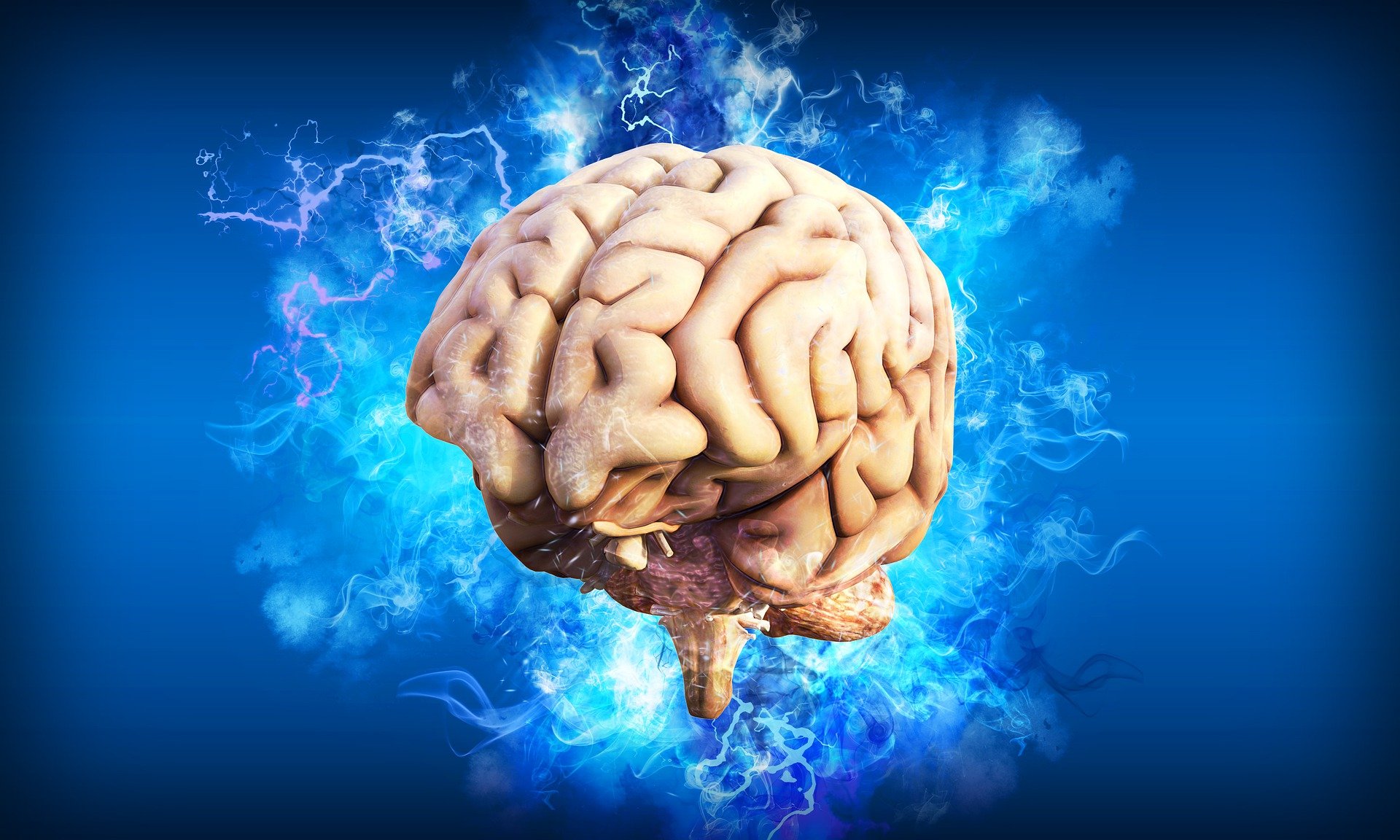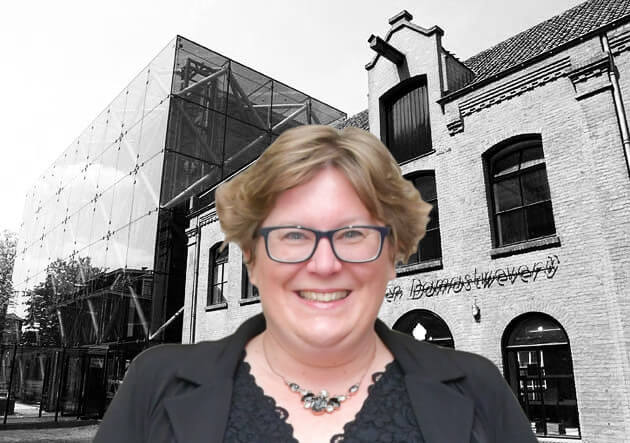
Last week, I talked to my students about the adoption of innovations. In doing so, I explained the theory of neuroscientist Gregory Berns to the would-be industrial designers. Berns argues that students, or more broadly, adolescents, adopt innovative products relatively faster than “normal” consumers because their brains have more dopamine activity.
Dopamine is a substance that causes so-called “thrill-seeking behavior,” or the type of behavior where you like to take on new experiences and challenges without much regard for potential risks. I always compare it to bungee jumping: jumping off a bridge without thinking too much about what might go wrong. After the age of 25, dopamine activity declines somewhat, making you more likely to see risks and, therefore, less likely to buy innovative products.
After the lecture, a smart student came up to me. He wondered what happens in the brains of people with a midlife crisis. They also suddenly exhibit different consumer behavior, such as the spontaneous purchase of a Harley Davidson, so there might also be a neural basis for this. Whether I knew more about that. Well, I didn’t know. But oh, how I love clever questions like that, so I eagerly dove into the science.
Into the crazy U-curve of life
For starters, I learned that a midlife crisis is more a rule than an exception. No, not everyone immediately proceeds to buy a Harley Davidson. But in a broad sense, most people experience a dip in their well-being when their life is about halfway over. This is also known as the U curve of well-being: your well-being gradually decreases during the first half of your life, only to rise again in the second half slowly. Thus, many people do indeed experience a midlife dip. This midlife dip is related to a stress peak. Over the years, your stress level follows an inverted U-curve: first, stress increases, and later, stress decreases. Of course, there are differences between people and between countries, but the trend is clear and convincing. With children or without children, with a good job or not, roughly speaking, our lives proceed like a U-curve.
An article in the Harvard Business Review relates the midlife dip to the optimism bias that colors our younger years. The average twenty-something is too positive and feels he can take on the world completely. He overestimates his chances in the job market and a broad sense of success while underestimating the likelihood of a negative experience, such as divorce or cancer. Then, as these twenty-somethings slowly age, life becomes less rosy than expected. Or, life turns out to be very rosy, but the success turns out to be less satisfying than expected. Either way, disappointment grows over the years. Just until you reach the bottom of the U curve around the middle of your life.
It’s the dopamine’s fault
That optimism bias, which ultimately leads to disappointment, is the direct result of that same dopamine I began this story with. Dopamine not only causes you to see fewer risks and thus find innovations more attractive but also causes your view of the future to be more optimistic. More optimistic than reality can live up to on average. So the question my bright student asked me turned out to be even more spot-on than either of us could have estimated beforehand: dopamine has a dark edge.
Fortunately, a U curve is a valley parabola, and every valley parabola is characterized by the principle “what goes down, must go up.” Right at the point when your well-being can’t sink any deeper, you take stock as a human being. You learn to accept life more as it is and, therefore, naturally become a somewhat more contented person. Or you make drastic changes, hoping your well-being curve will still turn around. By the way, the former happens much more often than the latter.
Growing older is not so bad
But where your brain actually initiates the midlife dip, your brain also slowly helps you get out of it. Whereas in the years before the midlife dip, we see life as a barrel of missed opportunities, we are much less bothered by this after the midlife dip. Our brains are getting a little older and, therefore, smaller. Starting at age 45, the size of your brain slowly decreases. That sounds like bad news, but it also has some benefits. Because of this structural change in your brain, you have fewer feelings of regret. As a result, you also regret fewer missed opportunities and thus experience less disappointment. That process is reinforced by a phenomenon that is the exact opposite of optimism bias. Where in your younger years you estimate everything too rosy, you estimate life with gray hair too little rosy. Because of this underestimation, life is not too bad, so you experience a sense of satisfaction. Most people grow out of their midlife dip. Ah, getting older is not such a bad thing.

